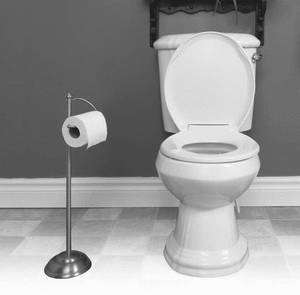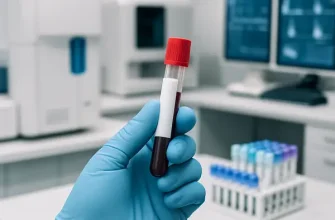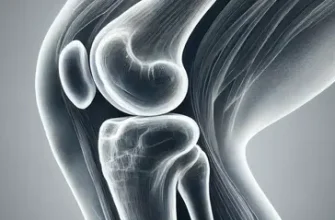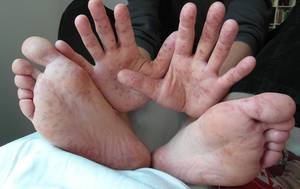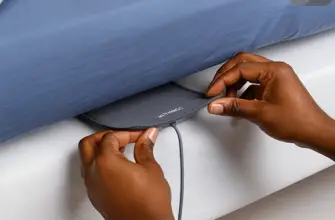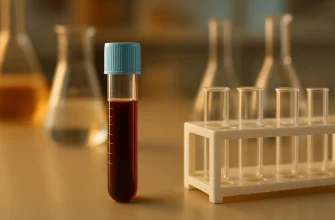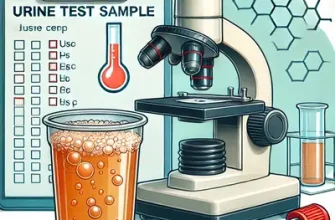Stool color can indicate a lot about your digestive health. While brown is the standard color due to bile pigments, yellow stool may suggest an underlying issue. It’s not always a reason to panic, but persistent yellow stools could signal malabsorption, infections, or liver-related conditions.
Effectiveness of Treatments for Yellow Stool
This chart presents the success rates of various treatments for yellow stool. Gallbladder surgery shows the highest effectiveness, while other treatments also offer significant benefits based on the underlying cause.
Common Causes of Yellow Stool
1. Dietary Factors
Certain foods can lead to yellow stool, including:
- High-fat meals (fast food, dairy-heavy dishes)
- Foods rich in beta-carotene (carrots, sweet potatoes)
- Artificial food colorings
Case Example: A 35-year-old office worker noticed yellow stools after frequently eating takeout meals high in fats and artificial additives. After switching to a home-cooked, balanced diet, stool color returned to normal within a week.
2. Malabsorption Issues
If your body isn’t absorbing nutrients properly, it may result in yellow stool. Potential causes include:
- Celiac disease – An autoimmune condition triggered by gluten, leading to nutrient malabsorption.
- Pancreatic insufficiency – The pancreas fails to produce enough digestive enzymes, leading to fatty, yellowish stools (steatorrhea).
- Gallbladder disorders – A lack of bile flow due to gallstones or bile duct obstruction can cause pale or yellow stools.
Case Example: A 42-year-old teacher with undiagnosed celiac disease experienced chronic diarrhea and yellow stool for months. After eliminating gluten from their diet and following a doctor-recommended nutritional plan, symptoms improved significantly.
3. Infections and Gut Disorders
- Giardiasis – A parasitic infection that disrupts digestion, leading to yellow, greasy stools.
- Bacterial infections – Salmonella or Clostridium difficile can cause diarrhea with a yellow hue.
- Irritable bowel syndrome (IBS) – Some IBS cases involve changes in stool consistency and color.
Case Example: A 28-year-old traveler developed persistent yellow diarrhea after returning from a trip abroad. A stool test confirmed giardiasis, and a prescribed course of antiparasitic medication resolved the issue within two weeks.
4. Liver and Gallbladder Conditions
- Hepatitis – Liver inflammation can affect bile production, leading to color changes.
- Cirrhosis – Scarring of the liver may disrupt digestion and stool pigmentation.
- Bile duct obstruction – A blockage may prevent bile from reaching the intestines, resulting in light yellow stool.
Case Example: A 50-year-old individual with a history of alcohol consumption noticed yellow stool along with fatigue and jaundice. After medical evaluation, they were diagnosed with early-stage cirrhosis and started a liver-friendly diet and treatment plan, leading to gradual improvement. The doctor emphasized the importance of completely avoiding alcohol, and they followed this advice, resulting in further stabilization of their condition.
When Should You See a Doctor?
While an occasional yellow stool is not usually a concern, medical attention is necessary if you experience:
- Persistent yellow stools lasting more than a few days – If your stool remains yellow beyond a week despite dietary changes, it may indicate an underlying digestive or liver issue.
- Severe abdominal pain or cramping – A mild stomachache after a heavy meal is normal, but if the pain is sharp, continuous, or worsens after eating, it could suggest gallbladder disease or pancreatitis.
- Unexplained weight loss – Losing more than 5-10% of your body weight in a short time without trying is a red flag for malabsorption disorders or liver dysfunction.
- Nausea or vomiting – Occasional nausea might be due to food intolerance, but persistent vomiting, especially after meals, could indicate a digestive blockage or infection.
- Dark urine or jaundice (yellowing of the skin/eyes) – If your urine turns tea-colored or your skin develops a yellowish tint, it suggests liver dysfunction and requires immediate medical evaluation.
Percentage of People Who Experience Yellow Stool in a Given Year
| Category | Percentage (%) |
|---|---|
| No Issues | 80% |
| 1-2 Episodes | 10% |
| Persistent Symptoms | 10% |
This chart illustrates the percentage of people experiencing yellow stool in a given year. The majority (80%) report no issues, while 20% experience occasional or persistent symptoms.
Diagnostic Tests
A healthcare provider may recommend:
- Stool analysis – A stool sample is examined for infections, fat content, and digestive enzymes. This test helps identify malabsorption issues or bacterial/parasitic infections. It is non-invasive and typically costs between $50 and $150 in the U.S.
- Blood tests – These include liver function tests (ALT, AST, bilirubin levels) and pancreatic enzyme tests (amylase, lipase) to assess organ health. They are crucial for diagnosing liver disease and cost between $100 and $300, depending on the panel.
- Imaging (ultrasound, CT scan, MRI) –
- Ultrasound is the first-line imaging test for gallbladder and liver issues, costing around $200 to $600.
- CT scans provide detailed cross-sectional images and are useful for detecting structural abnormalities, costing between $500 and $3,000.
- MRI offers high-resolution images of the liver and bile ducts, costing $1,000 to $5,000 depending on contrast usage and facility fees.
- Endoscopy or colonoscopy –
- Endoscopy involves inserting a flexible tube with a camera through the mouth to examine the esophagus, stomach, and small intestine, useful for diagnosing ulcers and celiac disease. Costs range from $800 to $3,000.
- Colonoscopy is performed to assess the large intestine and detect inflammatory bowel disease. It usually costs between $1,500 and $4,000, with additional fees for biopsies or polyp removal.
Each test varies in accuracy, with stool and blood tests offering initial indicators, while imaging and endoscopic procedures provide more definitive diagnoses.
Prevalence of Digestive Disorders in the U.S. (Millions of Adults Affected)
| Disorder | Millions Affected |
|---|---|
| IBS | 25M |
| GERD | 20M |
| Celiac Disease | 3M |
| Gallbladder Disease | 10M |
| Chronic Pancreatitis | 1M |
This chart highlights the prevalence of digestive disorders among U.S. adults. IBS is the most common, affecting 25 million people, while chronic pancreatitis has the lowest prevalence at 1 million.
How to Manage Yellow Stool
Depending on the cause, treatment may include:
- Dietary adjustments – Reduce fatty foods, increase fiber, and stay hydrated. If your stool color changes due to a high-fat diet, opt for lean proteins, whole grains, and vegetables. Hydration helps with digestion and bile flow, so aim for at least 8 cups of water daily.
- Treating infections – Bacterial or parasitic infections require prescription medications. For giardiasis, metronidazole (Flagyl) or tinidazole is commonly prescribed, while bacterial infections may require antibiotics like ciprofloxacin. Always complete the full course of medication as prescribed by a gastroenterologist or infectious disease specialist.
- Managing digestive disorders – If pancreatic insufficiency is the cause, enzyme supplements like pancrelipase (Creon, Zenpep) can aid digestion. Celiac disease requires strict adherence to a gluten-free diet, avoiding wheat, barley, and rye. A registered dietitian can help create a meal plan to ensure proper nutrition.
- Addressing liver/gallbladder issues – Treatment depends on the condition. Ursodeoxycholic acid (Actigall) may help dissolve gallstones, while hepatitis-related issues might require antiviral or anti-inflammatory medications. In severe cases, surgery (such as gallbladder removal) may be necessary. Consult a hepatologist or gastroenterologist for tailored management strategies.
Editorial Advice
If you notice yellow stool occasionally, it might just be related to diet. However, if it persists or comes with other concerning symptoms, consult a doctor. Your digestive system plays a vital role in overall health, and ignoring persistent changes can lead to complications. Keep an eye on your symptoms, and don’t hesitate to seek medical advice when needed. – Reyus Mammadli, Health Care Advisor

